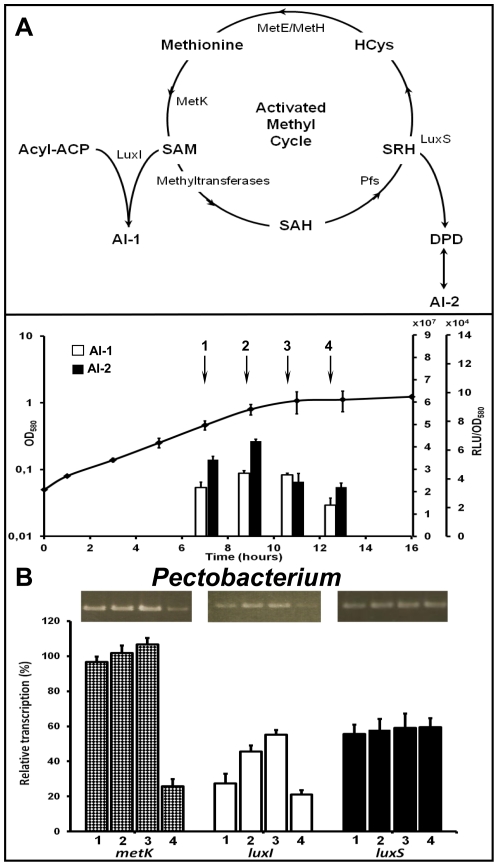Figure 3. Kinetics of metK, luxI and luxS gene expression involved in AI-1 and AI-2 production by P. atrosepticum strain CFBP 1526T.
(A) AI-1 and AI-2 biosynthetic pathways are schematized from references [2], [67], [81]. The synthesis of S-adenosylmethionine (SAM), a key molecule precursor of both AI-1 and AI-2 signals, is catalyzed by the SAM synthase (MetK), which activates the methyl group of methionine after ATP hydrolysis. AI-1 signal is generated by LuxI enzyme from SAM and various acyls-ACP that determine the structural traits of each N-acyl homoserine lactone (NAHSL). AI-2 signal is generated as a by-product of the activated methyl cycle: S-adenosylhomocysteine (SAH) is produced by the action of methyltransferases, and is then converted to S-ribosylhomocysteine (SRH) by the nucleosidase Pfs. The enzyme LuxS converts SRH to homocysteine (HCys) and 4,5-dihydroxy 2,3-pentanedione (DPD), which spontaneously cyclizes into several furanones, including AI-2. Homocysteine is then recycled back to methionine using methionine synthases (MetH or MetE). (B) Abundances of metK (checkered bars), luxI (white bars) and luxS (black bars) mRNAs were determined by RT-PCR experiments on RNA extracts from cells grown in PGA minimal medium culture and harvested at mid-exponential phase (1), late exponential phase (2), during the transition from exponential to stationary phases (3) or early stationary growth phase (4) followed by electrophoresis on 1% (m/v) agarose gels. Results were expressed as a ratio: synthase transcripts vs. 16S transcripts. The corresponding kinetics of AI-1 and AI-2 activities in the supernatant of potato soft-rot Pectobacterium strain are shown at the top.

